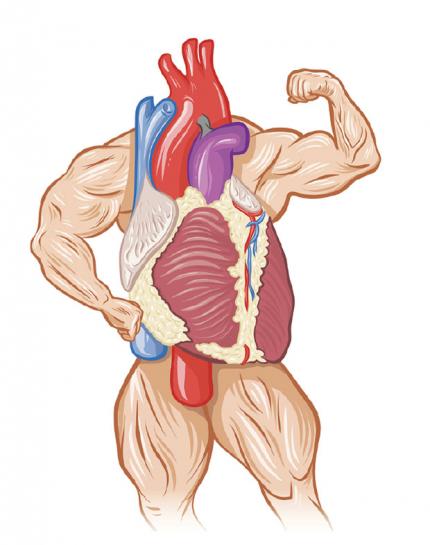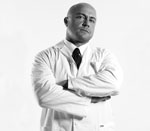Sports Medicine


The Silent Killer—Check Your Blood Pressure
High blood pressure is the number one risk factor for stroke and a major risk factor for heart disease. High blood pressure is when the blood pressure in your arteries is elevated and your heart has to work harder than normal to pump blood through the blood vessels. It is important that you check your blood pressure regularly either by yourself or by your health care provider. One out of every three Americans has high blood pressure. High blood pressure was considered a primary or contributing cause of death in around 348,102 deaths in the United States out of over 2.4 million in 2009. Less than half of people with high blood pressure have their condition under control, and around one in five U.S. adults do not know they have high blood pressure. Risk factors include tobacco use, eating food high in sodium and low in potassium, lack of physical activity, excessive alcohol use, and obesity.

What is blood pressure?
Blood pressure is a measure of the pressure or force of blood against the walls of your blood vessels (known as arteries). Your blood pressure reading is based on two measures called systolic and diastolic. The systolic (top) number is the measure of the pressure force when your heart contracts and pushes out the blood. The diastolic (bottom) number is the measure of when your heart relaxes between beats. Normal or low-risk blood pressure is 120 (systolic) over 80 (diastolic), or 120/80. Medium risk is 121–139/81–89. High risk is 140+/90. Consider high blood pressure to be a reading of 140/90 or greater. If you have high blood pressure, you need to act. This might mean just getting another couple readings in the next few weeks. If it’s much above 140/90, call your doctor’s office to arrange an appointment soon.
How accurate is my home blood pressure cuff compared to the doctor’s measurement?
“Home blood pressure monitors may be inaccurate in 5 percent to 15 percent of patients, depending on the threshold for accuracy used,” says Dr. Swapnil Hiremath, from Ottawa Hospital and the University of Ottawa. “We recommend all patients with home monitors get them validated with their health care providers at least once.”
Health care tip
At your next doctor’s appointment, bring your home blood pressure unit and have them measure you with their units and immediately after with your unit. You will then be able to keep your unit and know how much you need to adjust the numbers. It’s like comparing your home weight scale to the doctor’s weight scale.

White coat syndrome
White coat syndrome is where blood pressure readings are driven up, simply from the effect of being in a doctor’s office. This is why you do repeated blood pressure readings over different days, and also compare your home readings to the doctor’s readings.
Blood pressure and weight-training exercise
The highest recorded blood pressure is 480/350 (normal is 120/80 at rest) in a study at McMaster University while subjects were doing 90 percent of one-rep max on the leg press. This shows the incredible pliability of the circulatory system and how it can recover to go down to a normal 120/80 in a short period of time.
I have high blood pressure. What can I do about it?
If you have high blood pressure, you need to see a health care provider to see the severity and discover why. They may or may not get you on blood pressure medication; it depends on the situation and severity. What you can do is try to become healthier by increasing your water intake. If you’re dehydrated, that can be a contributing factor to high blood pressure. You can also increase your fish oils to make the blood cell walls more pliable and less likely to stick together, which is called the zeta potential.

For more information about how to improve your performance through improvements in your health, click here!

